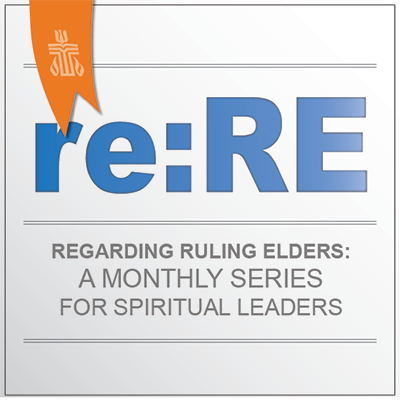There are innumerable quotes, pieces of advice, and catch phrases related to hearing and knowing someone else’s story. The one that sticks in my brain is the line from Harper Lee’s novel, "To Kill A Mockingbird." In this story, sage defense attorney and father, Atticus Finch, is trying to help his young daughter Scout navigate a new school year. Atticus says to Scout, "You never really understand a person until you consider things from his point of view … until you climb in his skin and walk around in it.” Scout’s dad was helping her understand the stories of others — a concept that she didn’t grasp until much later in the book.
Think for a moment about the elders with whom you are serving. What do you know about them? What do you really know about them — their history, their family system, their coming to faith, their anxieties, pet peeves, favorite foods, what makes them feel joy—their story? Hearkening back to what Atticus was saying to Scout, knowing someone is knowing their story; seeing the world, the church, the neighborhood through THEIR eyes. Not your eyes interpreting what they see but truly seeing what they see and WHY they see it that way. We are exceptionally skilled at our own opinions, but we are not practiced in the art of surrendering our thoughts, releasing our own attempt to attach a conclusion to someone else’s sight.
The Christian practice of storytelling is about release and remembering. The storyteller releases the information held in their memory to the community, in this case, to other session members. The listener releases the need to attach their own conclusion or opinion and simply receives. There are a number of ways to practice storytelling within the community of ruling elders. Doing so will bring richness to the relationships and, thus, to the work of ruling and teaching.
Consider engaging in this storytelling exercise that can be adjusted for use with other moments and faith stories:
- After distributing a sheet of paper and colored pencils to each person in the group, invite everyone to silently consider their life and determine the moment (or a moment) when they stopped being a child and felt they were taking the next step— the step out of childhood.
- Once there has been time to identify that memory, ask the group members to illustrate it using the colored pencils and paper. Comfort those with “craft anxiety” and make assurances that stick figures, or simple or crude drawings are okay. In fact, even words written down are just fine.
— Putting the memory to paper helps the storyteller in sharing. Having a visual and verbal form of a story also helps the listener. The act of illustrating shifts the practice of storytelling from intimidating to playful and communal. Allow a few minutes for the exercise to take place.
- Ask the group to sit in smaller groups of three and share their “moment.”
— Creating a space that is safe for folks to share is important in storytelling. Sharing in smaller groups aids in this safety, particularly in the first experience. Wonderful things can happen when both the storyteller and the story-receiver are engaged in this exercise. It becomes a shared “skin.” In other words, the listener is truly invited into the very personal moment of the teller’s life and something holy happens. The teller is known. Or, at least, more known.
Having led this exercise hundreds of times, I have been honored to hear about the first time to drive a tractor and help with the harvest, new high heels purchased for a beloved aunt’s funeral, and first time shaving issues. Suddenly, the people around the table are more than a mental checkmark in a sanctuary pew or a session meeting room. They are a person who was a child. Who made a significant transition. Who shared this significant moment. Holy story friends.
Gina Yeager-Buckley serves as the Mission Associate for Christian Formation — Youth/Presbyterian Youth Triennium. Gina lives and works in Louisville, Kentucky. She is married to Andrew. A certified Christian Educator, volunteer youth team member at her church, and an enthusiastic advocate for young people in the church, Gina looks for ways to encourage churches to be shaped by the faith and life of the young people in their midst.

